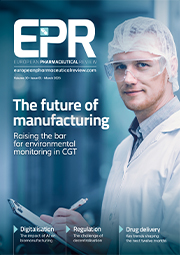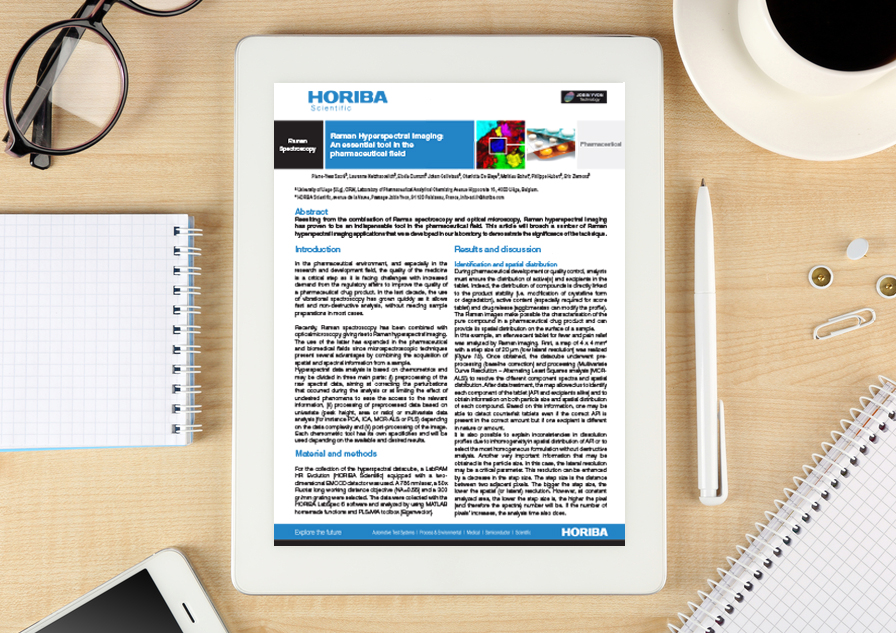Application note: Raman Hyperspectral Imaging: an essential tool in the pharmaceutical field
Posted: 13 December 2017 | HORIBA Scientific | No comments yet
Resulting from the combination of Raman spectroscopy and optical microscopy, Raman hyperspectral imaging has proven to be an indispensable tool in the pharmaceutical field. This article will broach a number of Raman hyperspectral imaging applications that were developed in our laboratory, to demonstrate the significance of the technique…
In the pharmaceutical environment, and especially in the research and development field, the quality of the medicine is a critical step as it is facing challenges with increased demand from the regulatory affairs to improve the quality of a pharmaceutical drug product. In the last decade, the use of vibrational spectroscopy has grown quickly as it allows fast and non-destructive analysis, without needing sample preparations in most cases.
Recently, Raman spectroscopy has been combined with optical microscopy, giving rise to Raman hyperspectral imaging. The use of the latter has expanded in the pharmaceutical and biomedical fields since microspectroscopic techniques present several advantages by combining the acquisition of spatial and spectral information from a sample.
Hyperspectral data analysis is based on chemometrics and may be divided in three main parts: (i) preprocessing of the raw spectral data, aiming at correcting the perturbations that occurred during the analysis or at limiting the effect of undesired phenomena to ease the access to the relevant information, (ii) processing of preprocessed data based on univariate (peak height, area or ratio) or multivariate data analysis (for instance PCA, ICA, MCR-ALS or PLS) depending on the data complexity and (iii) post-processing of the image. Each chemometric tool has its own specificities and will be used depending on the available and desired results.
This application note is restricted - login or subscribe free to access


Why subscribe? Join our growing community of thousands of industry professionals and gain access to:
- bi-monthly issues in print and/or digital format
- case studies, whitepapers, webinars and industry-leading content
- breaking news and features
- our extensive online archive of thousands of articles and years of past issues
- ...And it's all free!
Click here to Subscribe today Login here










